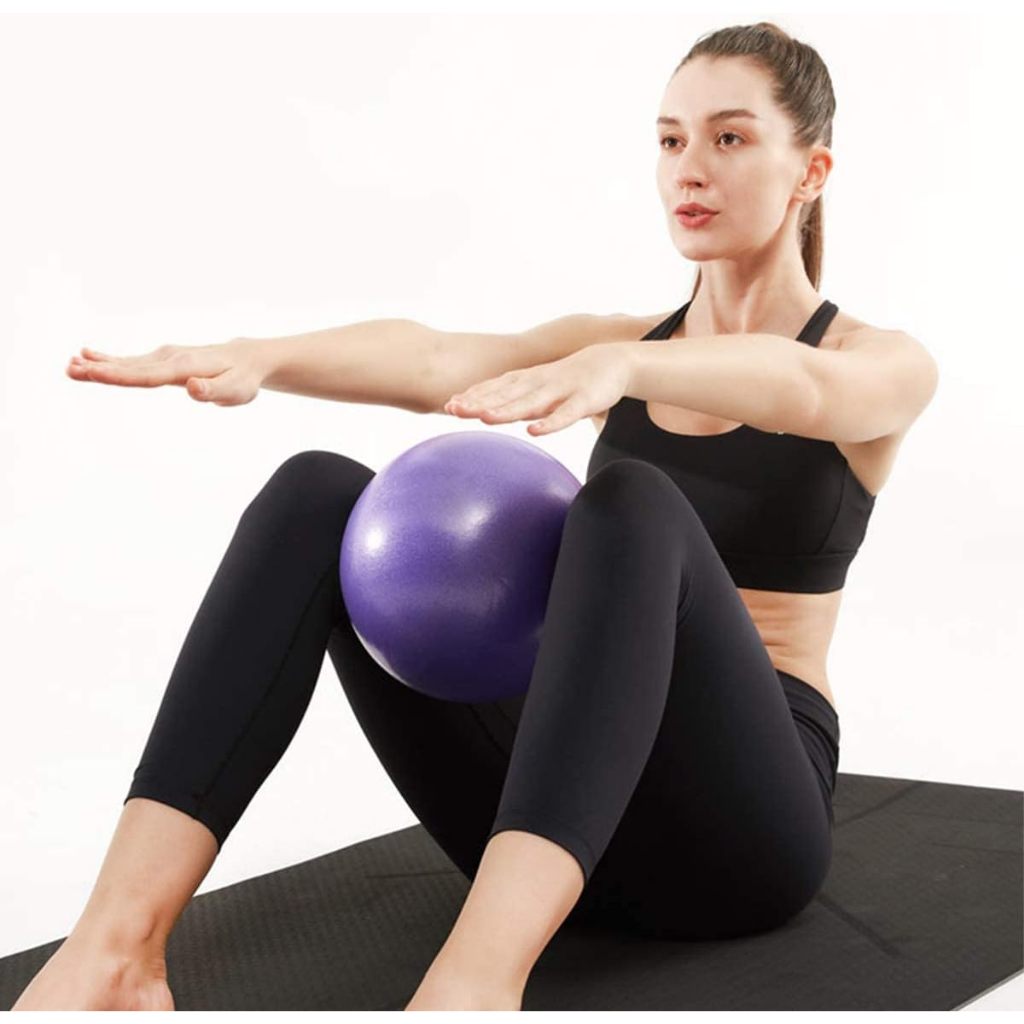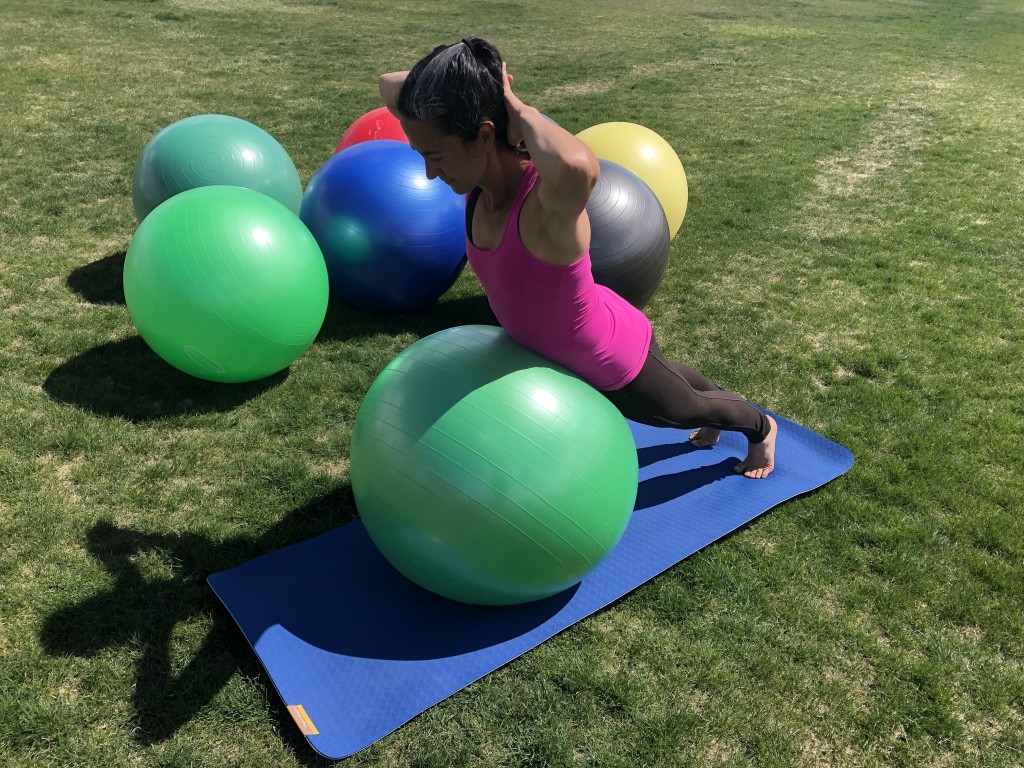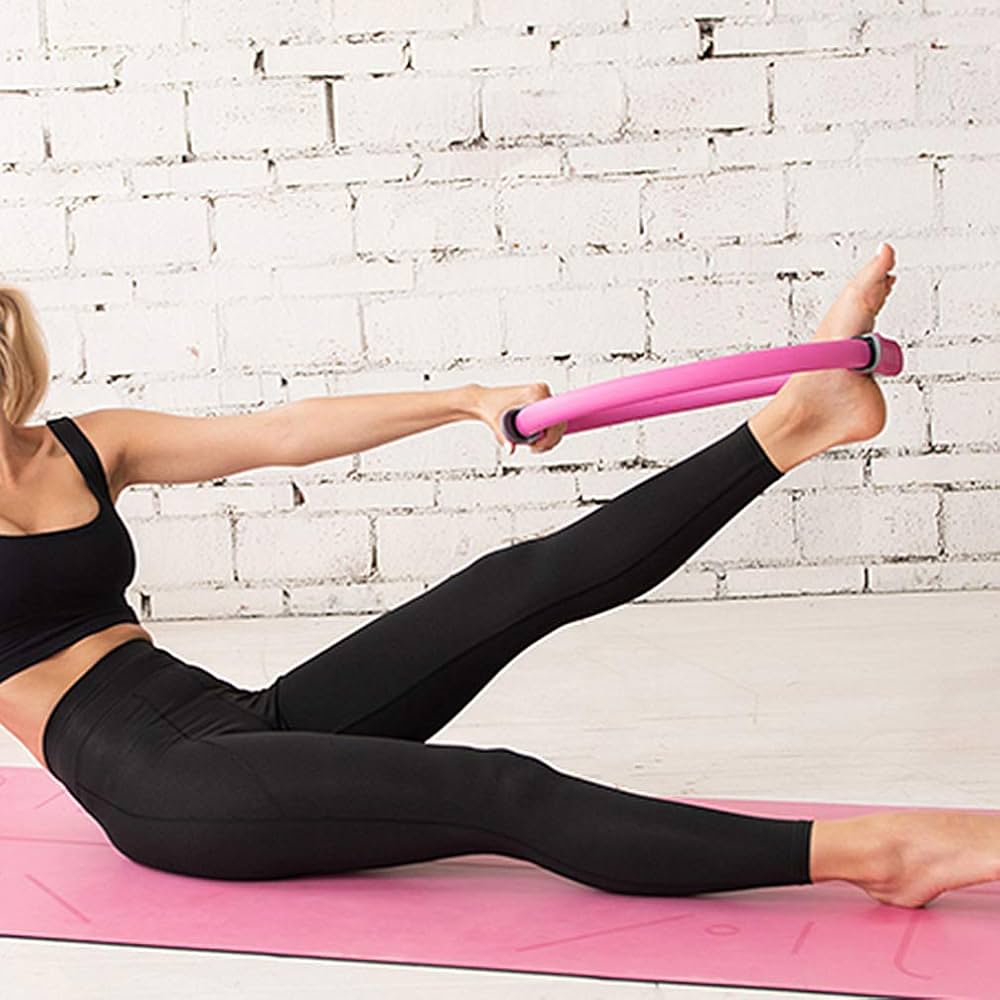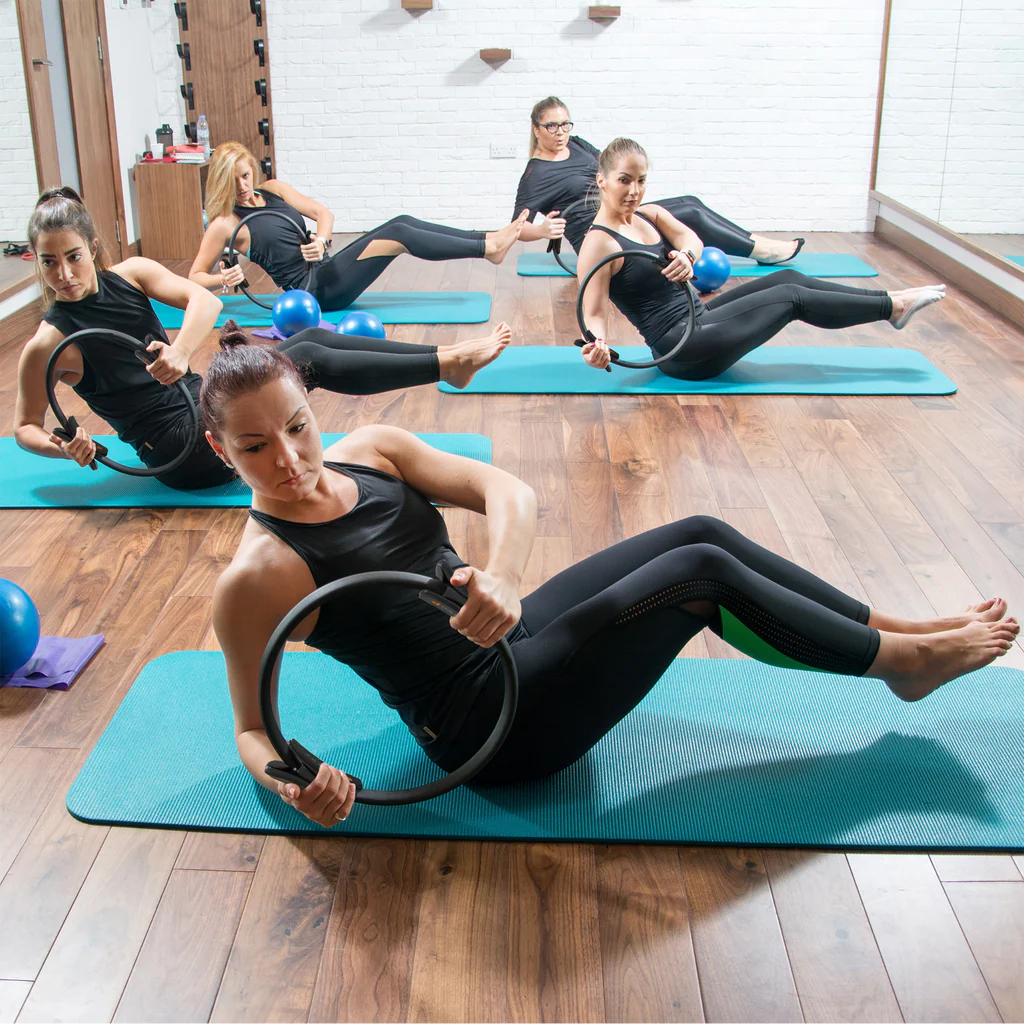If you’re exploring different ways to enhance your workouts or simply looking to add some fun to your home fitness routine, you might have stumbled upon the Pilates ball and the squishy ball. Both have their unique benefits, but how do you know which is right for you? Let’s dive into the basics and see which ball may fit your needs the best!
Understanding the Basics
Before we delve into the specifics of each type of ball, it’s essential to understand what exactly these tools are meant for. Pilates ball, often referred to as stability balls or exercise balls, are typically larger and designed to support various Pilates exercises. They help improve core strength, balance, and coordination. The unique design of these balls allows for a dynamic range of motion, which can challenge your body in ways that traditional exercises may not. As you engage with the ball, your body is forced to stabilize itself, activating a multitude of muscle groups that contribute to overall fitness.
On the other hand, squishy balls, also known as stress balls or rubber balls, are small, squishy, and often used to relieve stress, improve grip strength, or as a general tool in rehabilitation exercises. They are portable, affordable, and can fit into the palm of your hand, allowing for easy and versatile use. These little powerhouses can be squeezed, tossed, or rolled, making them perfect for both physical activity and stress relief. Whether you’re at your desk during a long workday or sitting on the couch watching TV, having a squishy ball nearby can provide an outlet for pent-up energy and tension.
Benefits of Using a Pilates Ball
Using a Pilates ball can bring a plethora of benefits to your fitness routine. The primary advantage is the promotion of core strength. When you incorporate the ball into your exercises, you engage your core muscles more intensively than when working on a stable surface. This heightened engagement not only helps in building muscle but also improves your overall athletic performance, making activities like running or cycling feel easier and more efficient.
Additionally, Pilates balls help improve your posture. As you strive to maintain balance on the ball during various exercises, you subconsciously engage your back and abdominal muscles, essentially working on stabilizing your spine and enhancing your overall posture over time. This is particularly beneficial for individuals who spend long hours sitting at a desk, as it encourages a more upright position and reduces the risk of developing back pain or discomfort. Furthermore, the constant adjustments your body makes while balancing on the ball can enhance proprioception, which is your body’s ability to sense its position in space.
Exercises You Can Do with a Pilates Ball
The versatility of the Pilates ball makes it a fantastic companion for various exercises. You can perform traditional Pilates movements like the Hundred or Roll-up, adapting them to stabilize on the moving surface. Furthermore, it can aid in strength training; for instance, using the ball as a platform for push-ups or wall squats increases the challenge, promoting deeper engagement of your muscle groups. This not only builds strength but also enhances your stability and coordination, which are crucial for any fitness regimen.
Moreover, Pilates balls can add an element of fun to your workout. Picture doing a few crunches on a ball while giggling at your dog chasing its tail in the background — it turns your exercise into a joyful experience! Taking time to enjoy your routine is just as important as the workout itself. You can also incorporate the ball into partner workouts, where you and a friend can challenge each other with fun exercises, such as passing the ball back and forth while performing squats or lunges. This social aspect can make your fitness journey more engaging and motivate you to stick with your routine, turning exercise into a shared experience rather than a solitary task.

The Squishy Ball Experience
Now, let’s bounce the spotlight onto squishy balls! While they may seem less intense than their larger counterparts, these little spheres can truly pack a punch in your fitness journey.
One of the most significant benefits of the squishy ball is that it’s an excellent tool for stress relief. Just squeezing this soft ball can help reduce tension and improve your mood. It’s a fantastic way to combat everyday stressors, especially if you find yourself glued to your desk or working under significant pressure. The rhythmic motion of squeezing and releasing can act as a form of mindfulness, allowing you to focus on the present moment and momentarily forget about your worries. This simple act can be a game-changer for your mental well-being, making it a perfect companion during those hectic workdays. Click here to get about: How to Use a Pilates Ring for a Full-Body Workout.
Rehabilitation and Strength Training with Squishy Balls
Squishy balls are frequently used in rehabilitation exercises, making them an excellent choice for those recovering from injuries or needing gentle engagement. They can easily help you regain grip strength or work on dexterity without straining your muscles too much. Physical therapists often recommend these balls for patients recovering from hand injuries or surgeries, as they provide a safe way to gradually rebuild strength. The soft texture ensures that you can focus on your movements without the fear of overexertion, allowing for a more controlled rehabilitation process.
Moreover, squishy balls are perfect for incorporating isometric exercises into your routine. You can place a squishy ball between your knees while doing a bridge or use one while seated to enhance your core engagement. The compact design allows for creativity in your workouts and can make simple exercises more challenging. For instance, you can use them during yoga sessions to deepen stretches or improve balance. The versatility of squishy balls means that they can be seamlessly integrated into various fitness disciplines, from Pilates to strength training, making them an invaluable addition to your workout arsenal.
The Social Aspect of Working with Balls
Beyond their practical benefits, both types of balls can turn your exercise sessions into social gatherings! Imagine setting up a friendly Pilates ball class with friends, where everyone enjoys laughter while working out. Alternatively, squishy balls can be passed around during a casual get-together, providing both entertainment and an easy way to relieve stress. The act of tossing or squeezing a squishy ball can create a light-hearted atmosphere, breaking the ice and encouraging interaction among participants. This camaraderie can foster a sense of community, making fitness feel more inclusive and enjoyable.
In both cases, having companions with whom to engage in physical activity can help encourage consistency and make fitness feel less like a chore. That’s right; it’s all about integrating fun while working towards your health goals! Furthermore, sharing your fitness journey with others can lead to friendly competition, motivating each participant to push their limits. Whether it’s a challenge to see who can hold a squeeze the longest or a group workout session where everyone supports each other, the social aspect of using squishy balls can elevate your fitness experience to new heights. Plus, the laughter and shared moments can create lasting memories that keep you coming back for more!

Choosing the Right Ball for You
Now that we’ve explored the benefits of both Pilates and squishy balls, you may be asking, “Which one is right for me?” Ultimately, it comes down to your fitness goals, lifestyle, and personal preference.
If you’re aiming to focus on core strength, stability, and balance, a Pilates ball is likely your best bet. It offers a range of exercises that challenge your body while providing support at the same time.
On the flip side, if you’re seeking a convenient way to relieve stress, perform rehabilitation exercises, or enjoy a gentle workout, a squishy ball may be your perfect match. They’re especially handy for individuals with tight schedules since they can easily fit into a bag or be used anytime, anywhere.
Final Thoughts
Both the Pilates ball and squishy ball have their unique place in the world of fitness. Perhaps after some consideration, you may find it beneficial to include both in your exercise arsenal. They can complement each other well, providing a balanced approach to fitness that caters to both strength training and relaxation.
Remember, the best workout is one that you enjoy and can maintain. So, whether you choose to bounce on a stability ball or squeeze a squishy ball, make sure to blend fitness with fun. Happy exercising!



